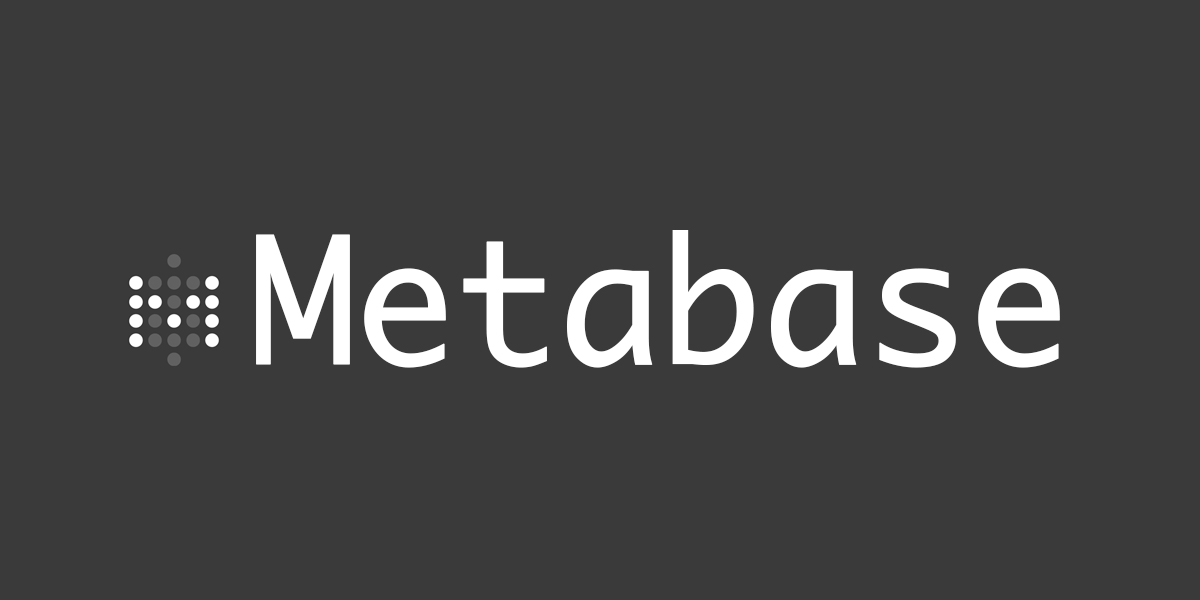
The highlighted Set-Cookie and Server headers confirm that the application is Metabase running on the Jetty web server.

The 200 OK response means that an application is responding on port 3000. Set-Cookie: metabase.DEVICE=3525ed6d-13e0-4ad0-8fdb-f1bc426706dc HttpOnly Path=/ Expires=Sat, 19:26:22 GMT SameSite=LaxĬache-Control: max-age=0, no-cache, must-revalidate, proxy-revalidateĬontent-Security-Policy: default-src 'none' script-src 'self' 'unsafe-eval' *. 'sha256-lMAh4yjVuDkQ9NqkK4H+YHUga+anpFs5JAuj/uZh0Rs=' 'sha256-ib2/2v5zC6gGM6Ety7iYgBUvpy/caRX9xV/pzzV7hf0=' 'sha256-JJa56hyDfUbgNfq+0nq6Qs866JKgZ/+qCq2pkDJED8k=' child-src 'self' style-src 'self' 'unsafe-inline' font-src 'self' img-src * 'self' data: connect-src 'self' manifest-src 'self' frame-ancestors 'none' Strict-Transport-Security: max-age=31536000 docker-compose will print some brief output as it downloads the required Docker image and then starts the container: The -d flag (which stands for “daemonize”) tells docker-compose to run the container in the background so the command doesn’t take over your terminal. The up sub-command tells docker-compose to start the container and the associated volume(s) and network(s) that are defined in your docker-compose.yml file. You’re now ready to start the metabase container with the docker-compose command: If you are using nano, press CTRL+O then RETURN to save, then CTRL+X to exit. Save and exit the file when you are done editing it. Finally, the metabase service exposes port 3000 on your server to the Metabase container that is running on the same port 3000. The service also references a named volume, which it uses to store data outside of the running container instance. The file defines a service called metabase, which runs the Metabase application. Follow Step 1 and Step 2 of How To Install and Use Docker on Ubuntu 20.04 to install it and configure your non- root user to be able to run docker commands.ĭocker-compose.yml version : '3' services : metabase : image : metabase/metabase :latest To set this up, follow our Initial Server Setup with Ubuntu 20.04 tutorial.

An Ubuntu 20.04 server with 2 or more CPUs, a non-root user with sudo access, and a firewall.To complete this tutorial, you will need:

Finally, you will configure Metabase and load some sample data so that you can experiment with building your own questions and BI dashboards. Next, you will enable secure HTTPS connections by using Certbot to download and configure a TLS certificate from the Let’s Encrypt Certificate Authority. In this tutorial you will install Metabase using Docker Compose, then install Nginx to act as a reverse proxy for your Metabase site. It can connect to a number of different databases and has a question builder tool that can hide the complexity of large SQL queries. Metabase is a Java-based open-source Business Intelligence (BI) tool.


 0 kommentar(er)
0 kommentar(er)
